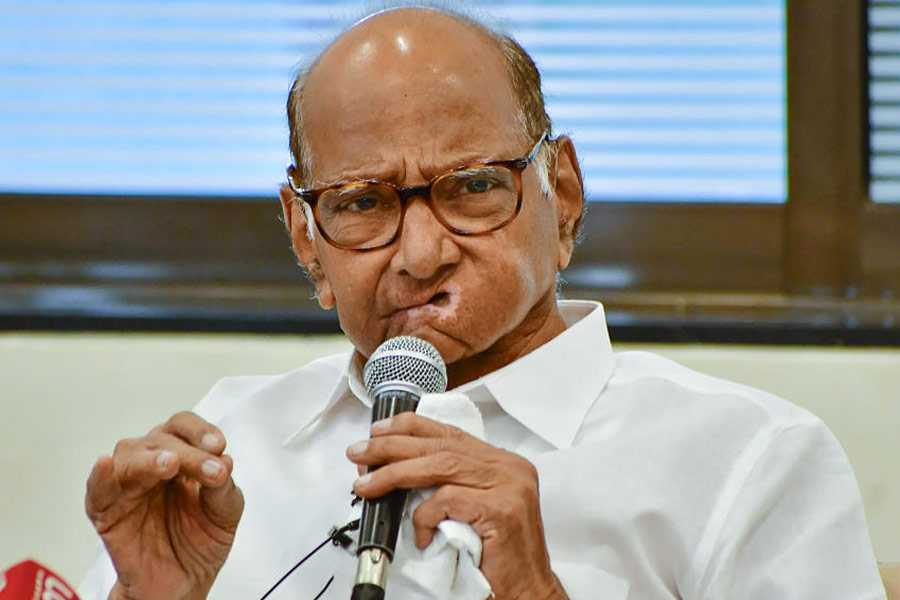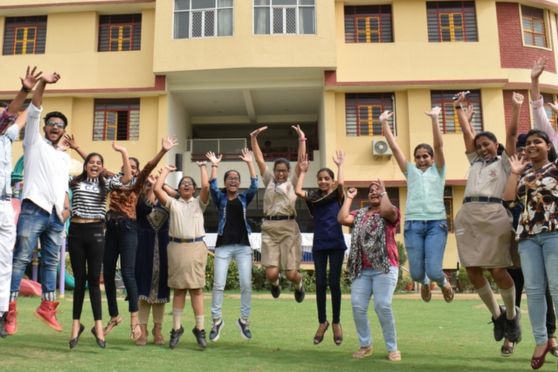The Hooghly district administration has launched a pilot project to educate children of migrant labourers — mostly employed in brick kilns — in local schools so that they are not deprived of basic education during their stay in Bengal.
As most of these labourers are from Jharkhand, Bihar and Uttar Pradesh, with their mother tongue being Hindi, the administration has approached voluntary organisations to help them overcome the language barrier, sources said.
In the first phase, 58 children in Jirat, whose parents work in local brick kilns, were admitted to the Ashutosh Smriti Mandir Primary School on January 9.
In the second phase, which began on January 30, the administration has so far admitted 521 children in primary schools under Jirat and Guptipara blocks.
Sources in the Hooghly administration said children of migrant workers of four brick kilns have been admitted to Natagarh Adivasi Primary School, Ashutosh Smriti Mandir Primary School and Char Sultanpur Primary School.
Of the 521 children admitted to schools in the two blocks since January 30, around 30 students from a brick kiln at Somrabazar gram panchayat area have taken admission to Natagarh Adivasi Primary School on March 2. Similarly, 256 children have become students of Char Sultanpur Primary School.
Around 250 children, who are not yet grown up enough to seek admission to schools, are being sent to the ICDS centres, said an official of the Hooghly administration.
Sources in the Hooghly administration said the initiative to get children of brick kiln workers enrolled in schools was conceptualised under the NSS programme of Jirat Colony High School and Balagarh Bijoykrishna Mahavidyalaya in Jirat. The NSS programme sought to inculcate literacy among children of brick kiln workers in the region.
“These children whiled away their time at brick kilns as their parents toiled throughout the day to earn between Rs 20,000 and Rs 30,000 over a period of eight months,” said a teacher of Jirat Colony High School associated with the NSS project.
NSS coordinator of the Jirat college, Partha Chattopadhyay, who is also a teacher of the Bengali department, said: “We set up the Biplabi Bhupati Majumdar Aboitanik Pathshala, a free school under the open sky, on a field near a brick kiln in Jirat last year. Our aim was to provide basic education and food to these children. To broaden the scope of our work, we approached the administration for support and they responded favourably.”
Acknowledging the endeavour, Balagarh block development officer Niladri Sarkar said: “Students and teachers of Jirat college did a commendable job in providing basic education to the underprivileged children. Partha babu and his students successfully motivated parents of these children and brought them into the realm of education.”
In Hooghly, every year, a few thousand migrant labourers from neighbouring states come to work in brick kilns, jute mills and as farmhands. Several brick kiln labourers come with their families and stay for long periods.
Speaking to The Telegraph, Chattopadhyay said: “There are over 200 brick kilns in Balagarh, Mogra, Singur, Arambagh and other areas of Hooghly district. Around 6,000 labourers, including married couples, work in these kilns but remain indifferent to the need to educate their children. We have managed to motivate them to send their kids to school.”
A senior official of the Hooghly administration said enrolling left-out children was also a compulsion for the administration under the Right to Education Act, 2009. Under it, free and compulsory education of “equitable quality” must be provided to all children between the ages of six and 14.
But getting children to school isn’t enough. The administration had to deal with the language barrier as the students are Hindi-speaking and the medium of instruction in schools in Bengal is Bengali.
“Since these children have been staying in Bengal for long, they can understand Bengali well. But as their mother tongue is Hindi, we have requested individuals and voluntary organisations to provide them additional training in Bengali, the medium of instruction,” said an official in the office of inspector of schools.










